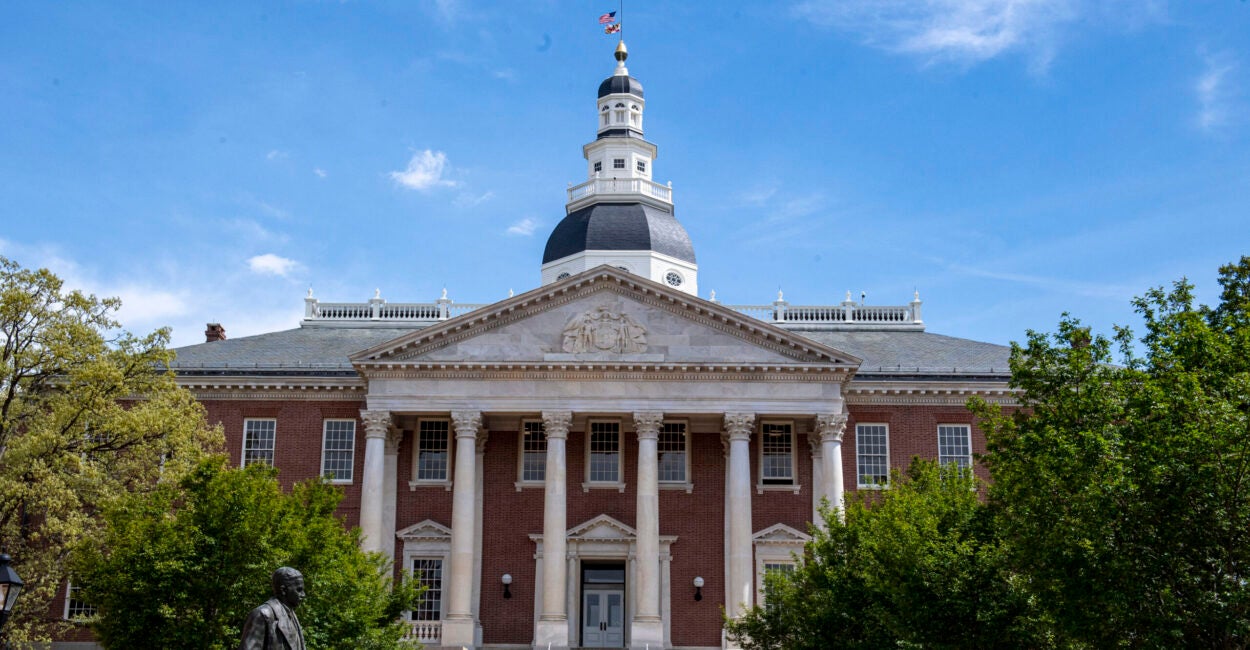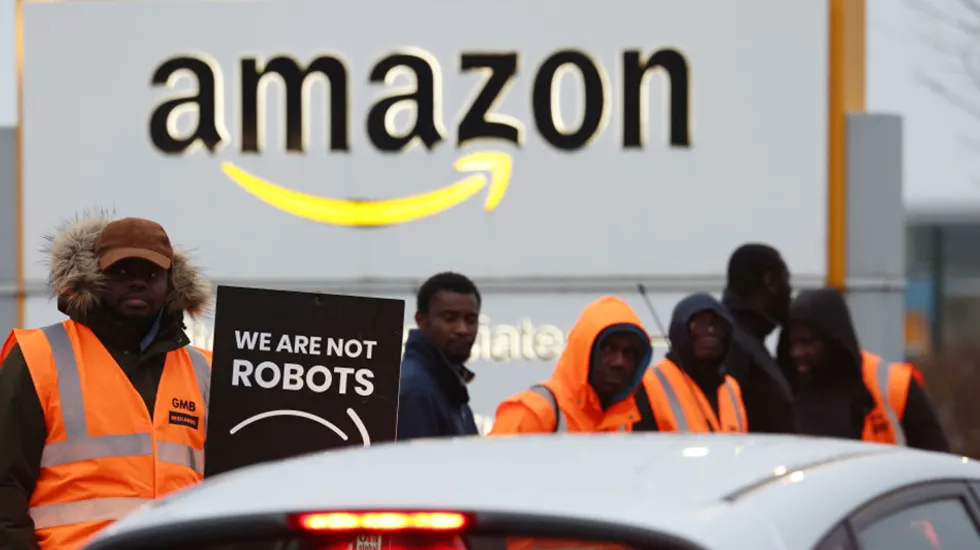Is this how we beat China? Trump’s AI dream guts small-town USA


Imagine Arab sheik-funded AI supercenters dotting rural America, staffed by foreign labor, draining local water and power, and hollowing out small-town life — all so Big Tech can build its digital technocracy. Sounds like the globalist Agenda 2030 schemes we’ve warned about for years. But shockingly, it’s now become the Trump administration’s top priority.
Live Your Best Retirement
Fun • Funds • Fitness • Freedom
President Trump’s team is pushing to override red-state zoning laws and fast-track thousands of these massive data centers. The losers? Small-town Americans. The winners? The “rich men north of Richmond.”
Who is looking out for the people when Trump and the globalists are on the same side? “We have to beat China” is the rallying cry — a lazy excuse to silence questions and crush local regulations. But we need AI that serves productivity, not a technocracy that rules over us.
Noise levels hit 96 decibels. Imagine a leaf blower that never turns off. Would you want that in your backyard? It may be coming sooner than you think.
Trump’s “Stargate” plan would spend a staggering half-trillion dollars — public and private — to build thousands of AI data centers. It’s like rushing to amputate a limb. Sometimes it’s necessary, but any sane person would demand second and third opinions first.
Yet, instead of debate, we got betrayal. Tucked quietly into the One Big Beautiful Bill Act was a provision from AI czar David Sacks banning all state regulation of AI systems for 10 years. House Speaker Mike Johnson (R-La.) gaslit us, claiming this would stop California’s tech tyranny. In truth, it targets Trump’s own base: farmers, ranchers, and rural voters. Just like eminent domain carve-outs for green energy, it strips local power to benefit Big Tech.
— (@)
Even before Stargate breaks ground, rural Trump country is already grappling with AI data centers draining water, electricity, and property values. Telling locals to shut up because “we must beat China” is pure demagoguery.
Copying China’s playbook
Meanwhile, the same administration opening the floodgates for these projects is also welcoming hundreds of thousands of Chinese tech students. This is déjà vu from the post-9/11 security state. Back then, we cracked down on Americans while doubling immigration from the very regions funding terror. It was never about safety — it was always about the grift.
Across Trump country, protests are swelling against these land and energy grabs. You can almost hear Oliver Anthony’s lyrics echoing over the farmland: “These rich men north of Richmond ... wanna know what you think, wanna know what you do.”
The point of AI should be to improve our lives — not force us to sacrifice local resources and freedoms so it can exist as a modern Baal.
Troubling open-ended questions about what this “data god” will be used for lay heavily on these conversations, and it’s quite hard not to envision it being used for control. We’re told we must become like China to beat China, yet what we’re building is arguably worse. And the more immediate consequence will be irreparable damage to our rural landscapes and national power grid.
Rural communities bear the cost
Is it any wonder rural communities want to use local zoning laws to at least slow this stampede? These areas have land, fewer regulations, and desperate politicians eager for new investment. Big Tech knows exactly who to target.
Virginia’s Loudoun and Prince William Counties were early victims. Now, the industry is setting sights on Northwest Georgia, rural Oklahoma, Texas, and Arizona. What these projects promise is anything but rural tranquility.
RELATED: Trump bets big on AI to make America dominant again
 Photo by Alvarez via Getty Images
Photo by Alvarez via Getty Images
A single proposed project in American Township, Ohio, for example, was slated to cover nearly 170 acres. Consider that 4,750 of these leviathans were expected to break ground just this year. What’s going to happen to America’s countryside once the thousands of data centers scheduled for this year alone are built, in addition to the subsequent thousands we can expect in the coming years?
According to the Institute for Energy Research, by 2030, data centers’ electricity consumption is on track to surpass the entire electricity consumption of Japan today. In the United States, that number will account for almost half of the growth in electricity demand between now and 2030. In short, in just a few years, data centers will consume more energy than what is currently required for manufacturing all energy-intensive goods — such as aluminum, steel, and cement — combined.
The strain on water is even more concerning. A single large data center can consume upwards of five million gallons of water per day to cool the vast arrays of servers — the equivalent of a small city. Much of the water use is consumptive, meaning it evaporates and is not returned to the local watershed.
In water-scarce regions, such as Arizona — one of the primary locations targeted for these water centers — this can put a tremendous strain on already limited resources, creating a new and powerful competitor for a resource that is essential for farming, ranching, and residential life.
The daily toll of these data centers in rural America is already steep. Backup generators and cooling fans roar day and night. Locals near Virginia sites compare it to “a lawnmower in your living room 24/7.” Noise levels hit 96 decibels. Imagine a leaf blower that never turns off. Would you want that in your backyard?
It may be coming sooner than you think.
Moreover, thousands of AI data centers would destroy much of America’s rural landscapes — rolling hills replaced by giant, windowless warehouses. Yes, ugly infrastructure like power plants is sometimes essential — but at least they provide energy to the community. These data centers take energy away. A handful would be one thing. Thousands amount to a dystopia.
A better AI future
The United States could secure its lead in the AI era not by copying foreign actors’ brute-force, centralized strategy — which imposes staggering burdens on local communities — but by fostering an agile, resilient, and open ecosystem. Instead of merely stockpiling raw processing power, we should prioritize building AI systems that are accurate, reliable, globally accessible, and seamlessly integrate with existing technology.
Decentralized AI infrastructure, often pairing AI with blockchain, offers a smarter path. It keeps data under local control, bolsters privacy, complies with local laws, and dramatically cuts the risk of catastrophic breaches tied to massive single points of failure. It also encourages flexibility, allowing open-source models to flourish and adapt more quickly than bureaucratic mega-projects ever could.
If we truly want an AI future that serves American families — not Big Tech oligarchs or foreign monarchs — we must champion technology that empowers people, protects communities, and respects the land. Anything less isn’t just bad policy. It’s a betrayal of the very America these rural voters fight to preserve.
Originally Published at Daily Wire, Daily Signal, or The Blaze
What's Your Reaction?
 Like
0
Like
0
 Dislike
0
Dislike
0
 Love
0
Love
0
 Funny
0
Funny
0
 Angry
0
Angry
0
 Sad
0
Sad
0
 Wow
0
Wow
0










































































